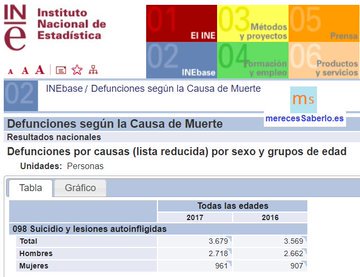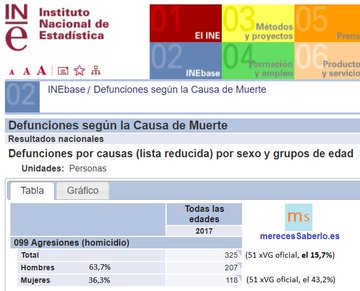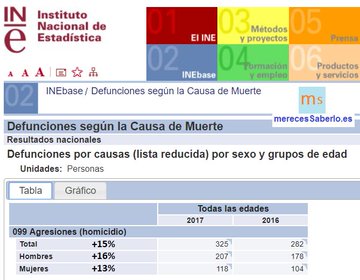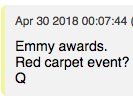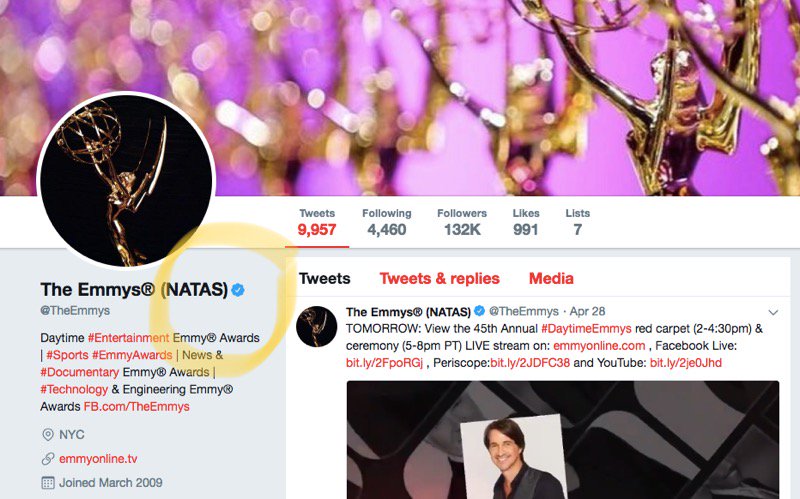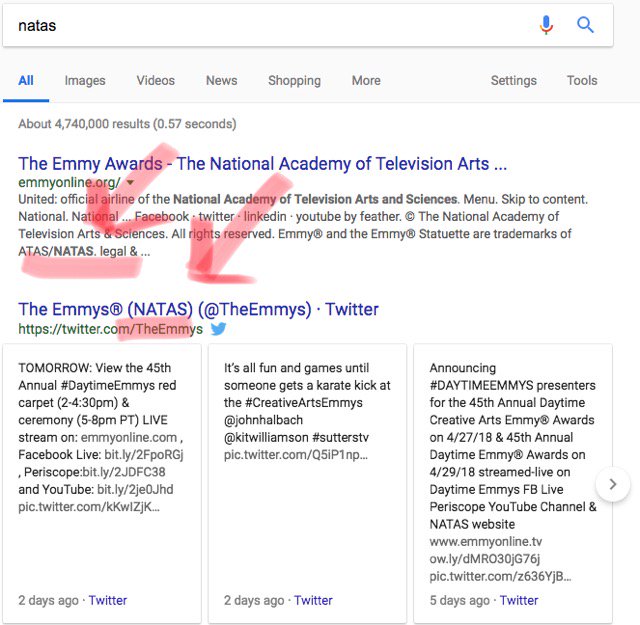You could see the structure! The bipolar lobes!! THE STAR WAS BRIGHT RED BECAUSE OF THE DUST!!! AAAAAHHHH 🤩🌟🎉
...I should explain why I’m screaming. #TheLastStargazers
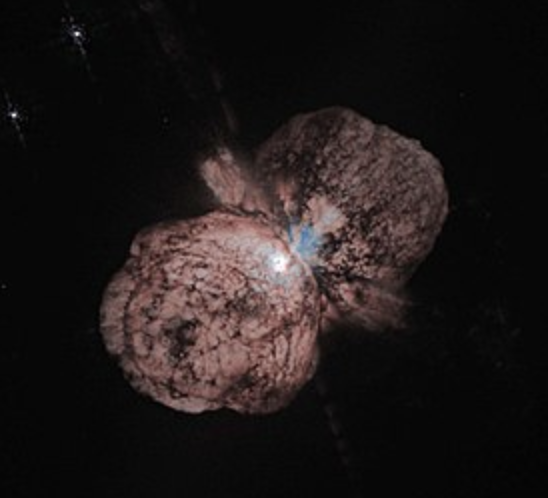
By far the most common answer is "people think we still look through eyepieces. We don't anymore."
This is 99% true...
Even for us, getting to see what our best telescopes see is a novelty.
We are every person who's ever looked through a backyard 12-inch and shouted "OMG SATURN'S RINGS", just on an extreme scale.




